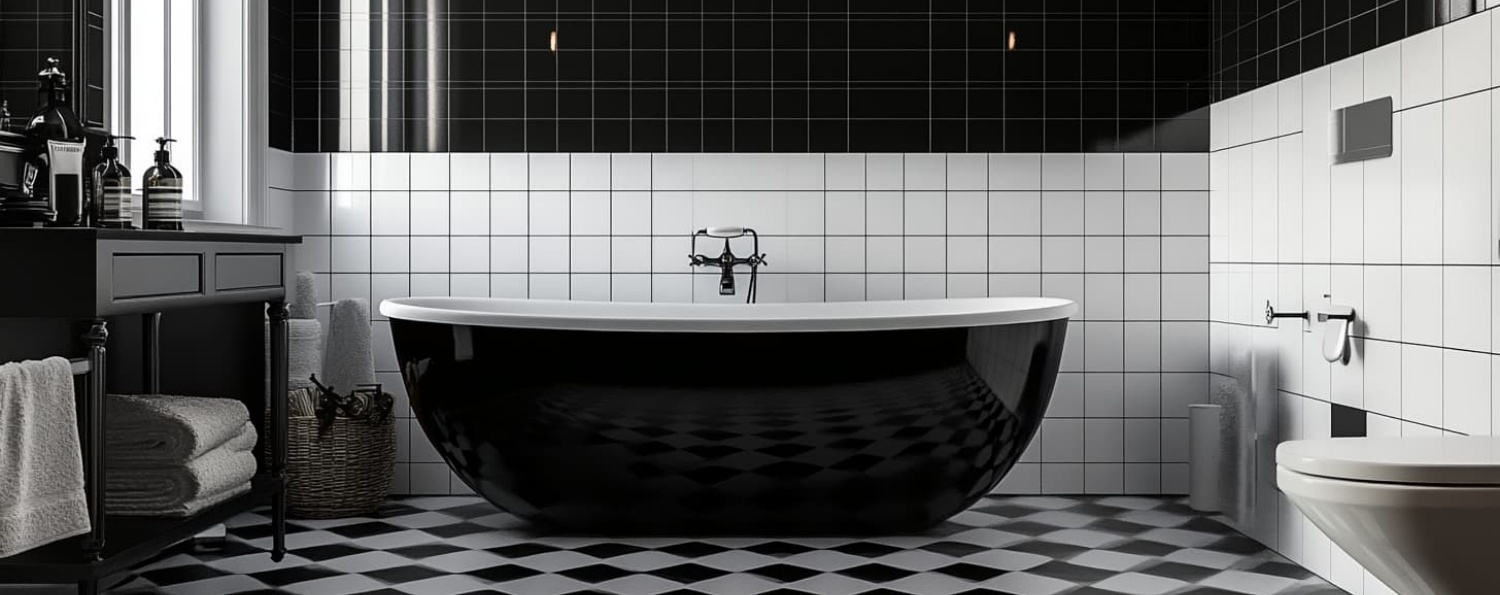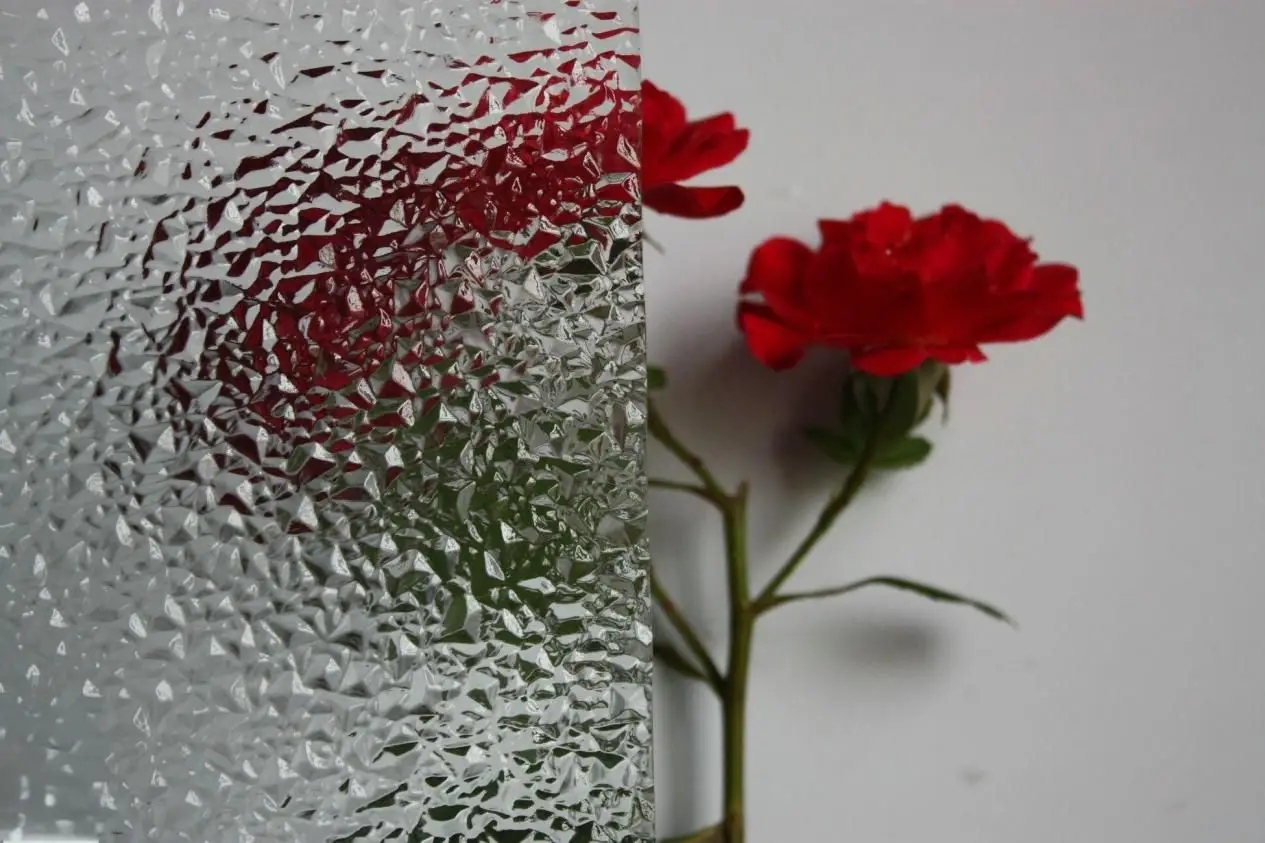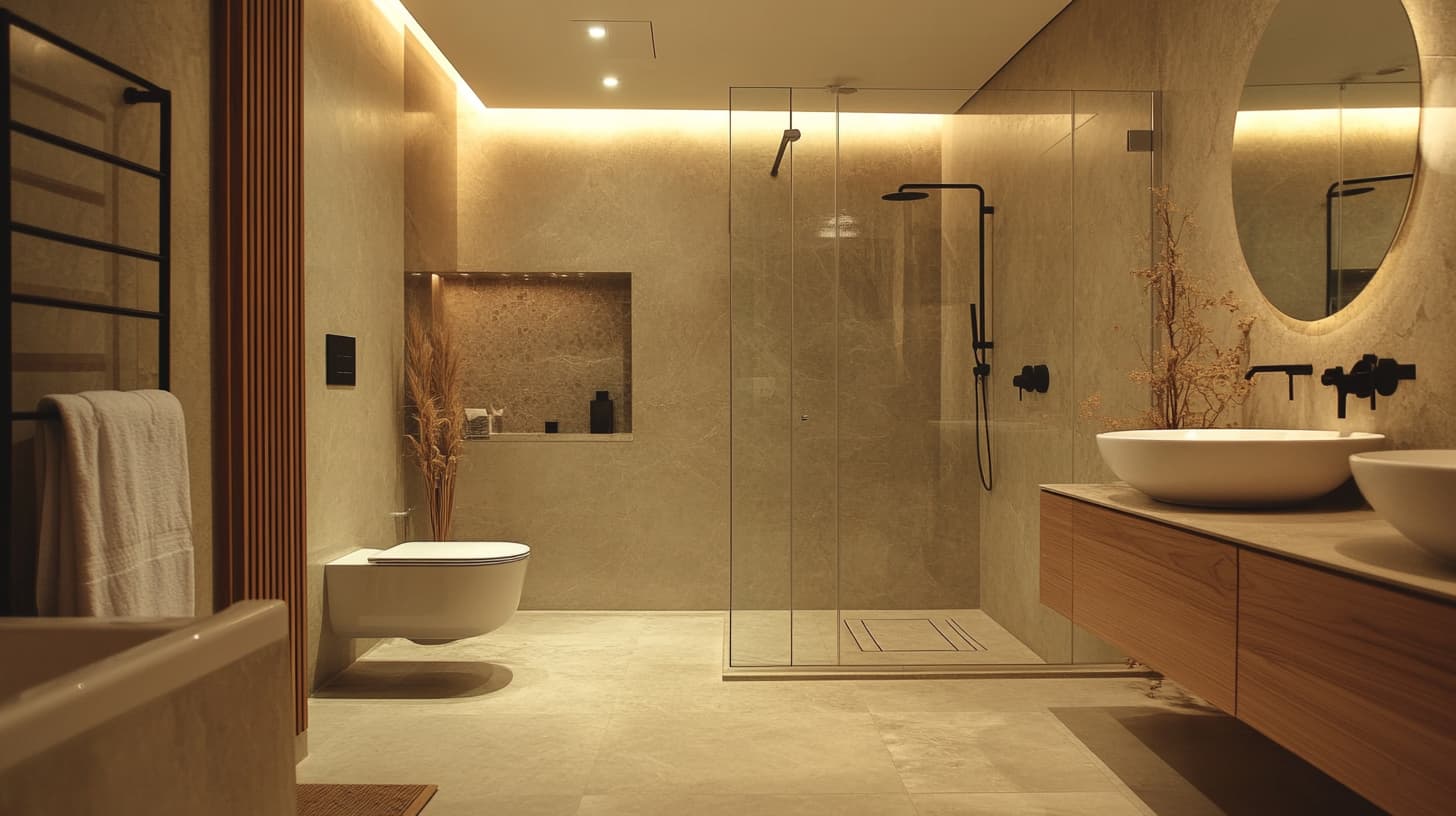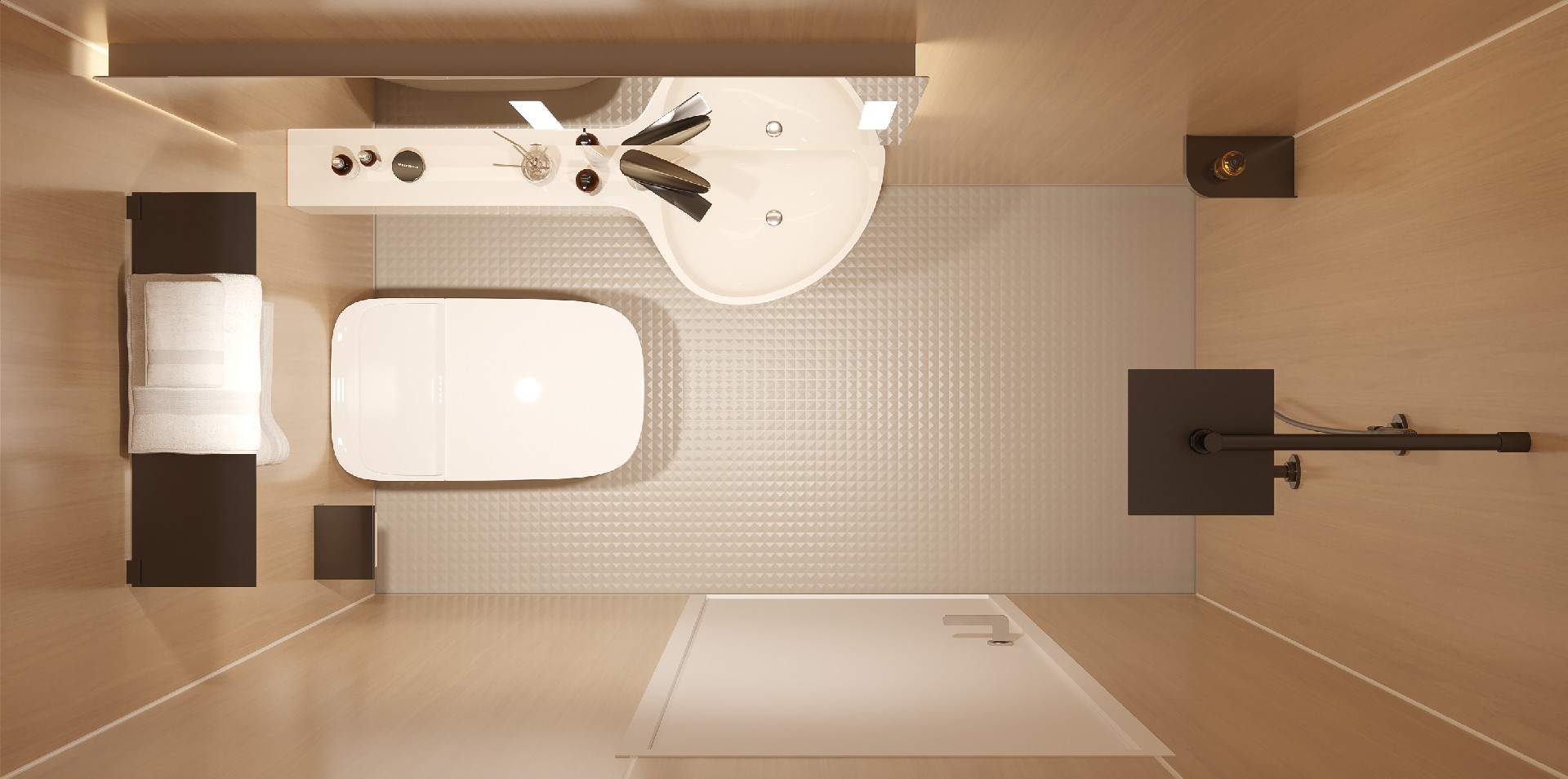Common Materials for SALLY Shower Door Glass
Tempered Glass
Laminated Glass
Acrylic Glass
Frosted Glass
Ultra-Clear Glass
Patterned Glass
Hybrid options
Tempered Glass
Features: High strength (3-5 times stronger than regular glass), heat resistance, and safety. When shattered, it breaks into small, blunt granules to minimize injury risks. Common thicknesses: 6mm, 8mm, or 10mm, often with a 3C certification mark for quality assurance .
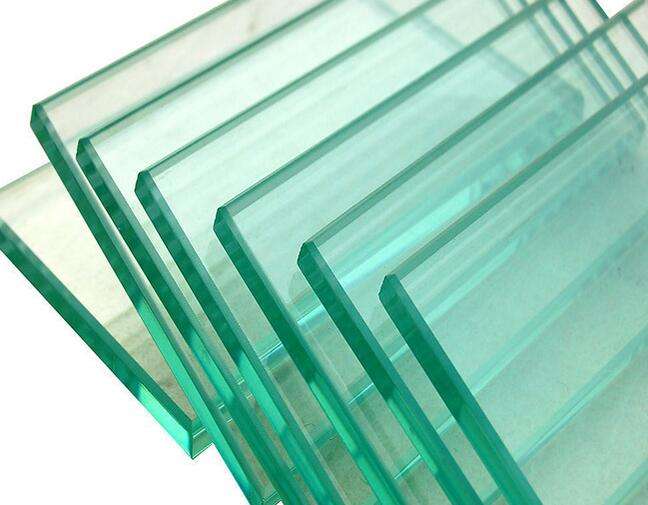
Applications: Widely used due to its durability and safety. Suitable for most shower enclosures.
Laminated Glass
Features: Consists of two glass layers bonded with a PVB interlayer. Even if broken, the plastic film holds fragments together, preventing scattering. Offers superior impact resistance, sound insulation, and UV protection .
Applications: Ideal for high-safety requirements, such as households with children.

Acrylic Glass
Features: A lightweight, shatter-resistant organic glass with high transparency and weather resistance. Less durable than tempered or laminated glass but more affordable .
Applications: Budget-friendly option for temporary or low-impact installations.

Frosted/Patterned Glass
Features: Includes etched or textured surfaces (e.g., "Rainbow Glass") for privacy and aesthetic appeal. Often combined with tempered or laminated glass for safety .
Applications: Balances privacy and style in modern bathroom designs.
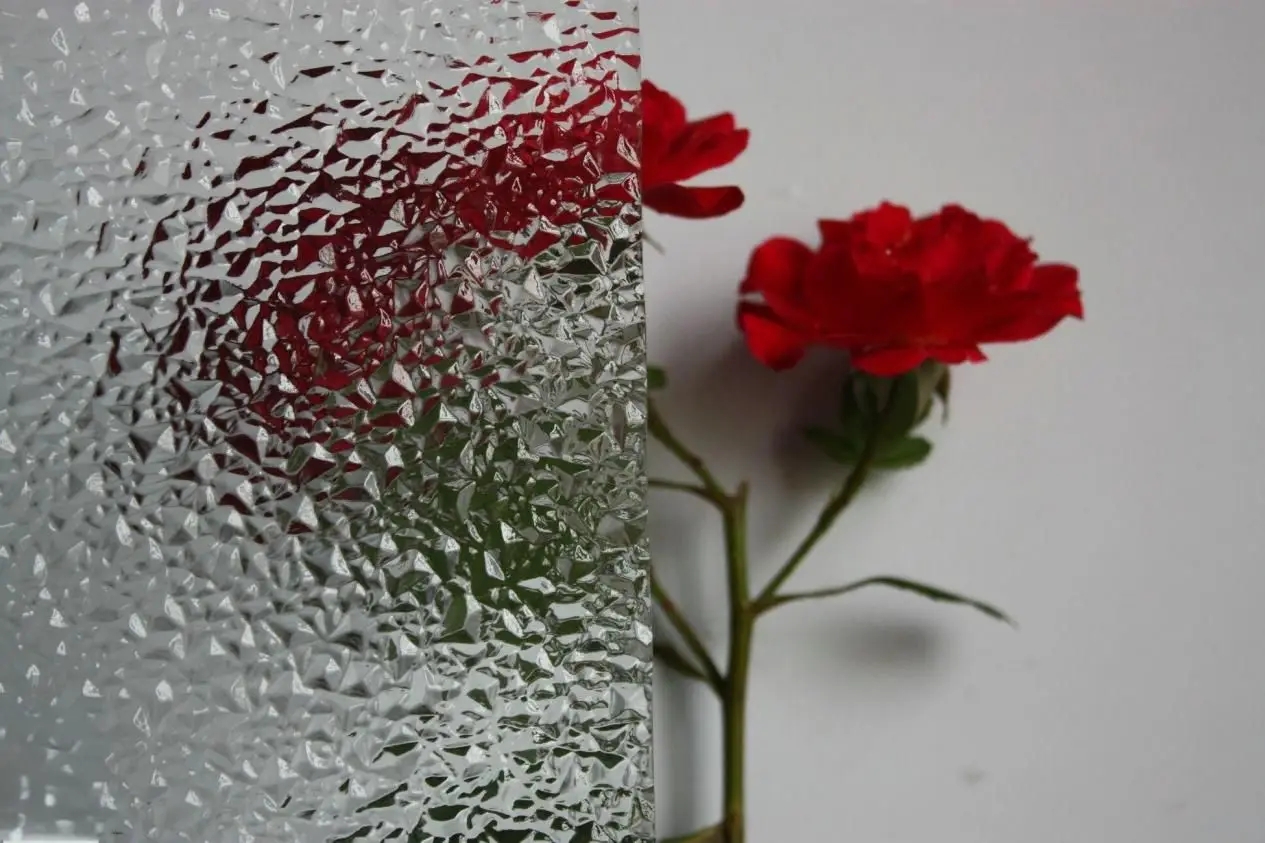
Ultra-Clear Glass
Features: Low-iron composition with 91.5%+ light transmittance, minimal greenish tint, and crystal-like clarity. Often paired with tempering or lamination for enhanced safety .
Applications: Premium choice for luxurious, minimalist shower spaces.
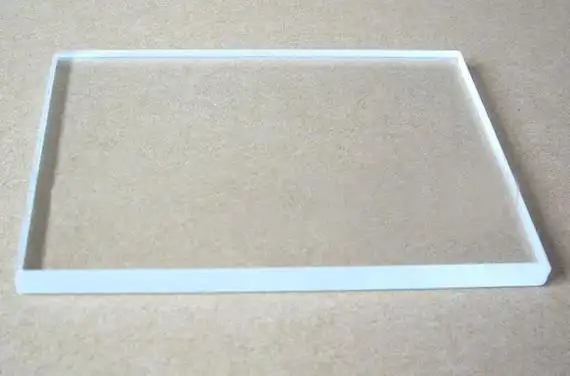
Hybrid Options
Examples: Ultra-Clear Laminated Tempered Glass combines ultra-clarity, safety, and strength. Tempered Glass with Anti-Explosion Film adds an extra protective layer at a lower cost than laminated glass .
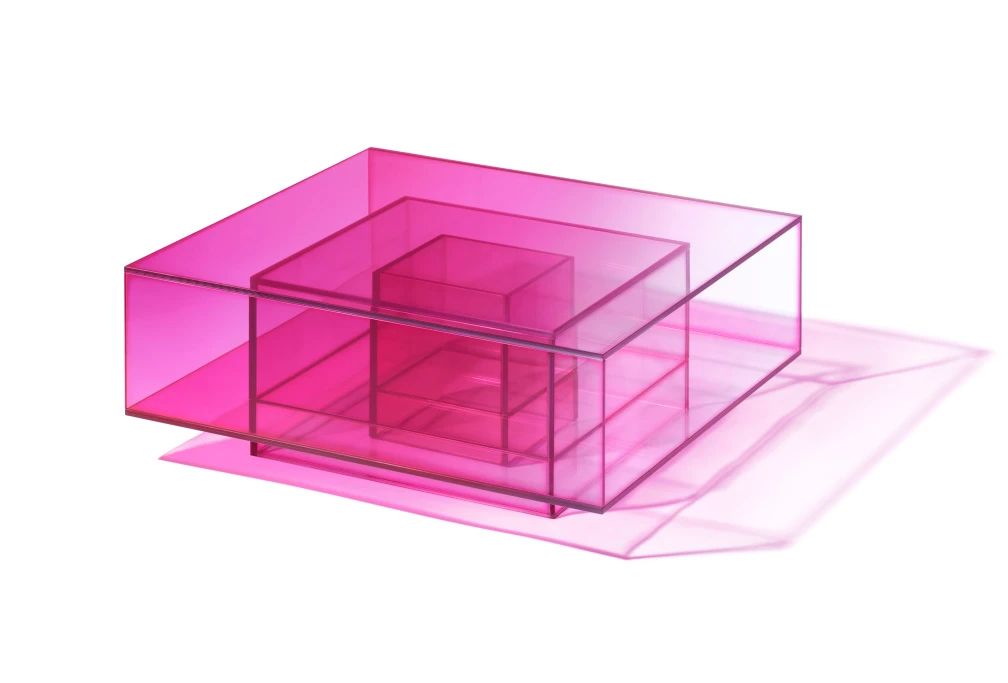
Best Material Recommendation:
Laminated Tempered Glass (especially Ultra-Clear Laminated Tempered Glass) is considered the optimal choice. It merges the strength of tempered glass with the safety of laminated layers, ensuring no flying shards upon breakage. Additionally, ultra-clear variants enhance visual appeal, making them ideal for both safety and design-focused applications .
Key Considerations When Choosing:
Prioritize safety certifications (e.g., 3C mark).
Balance budget with performance: Tempered glass suffices for standard use; laminated glass is better for high-risk scenarios.
Aesthetic needs: Frosted or ultra-clear glass caters to specific style preferences .

